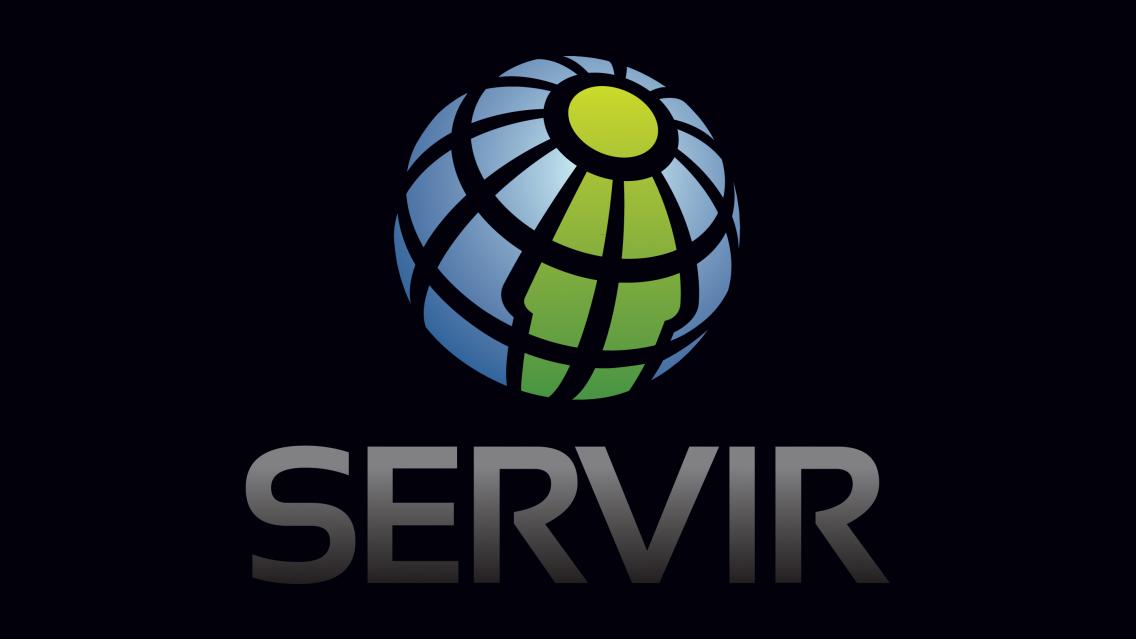NASA Announces New SERVIR Applied Sciences Team

After a multi-round solicitation process, NASA has selected the 20 projects comprising the next SERVIR Applied Sciences Team.
Each of the proposed projects has been developed alongside one of the five regional SERVIR hubs—located in Eastern & Southern Africa, Hindu Kush Himalaya, Lower Mekong, West Africa, and Amazonia. Projects were selected across thematic service areas, balancing needs identified by each hub in topics such as water scarcity, food security, land cover monitoring, and disaster preparedness.
The team includes members based out of NASA research centers and private and public academic institutions across the U.S. Each Principal Investigator (PI) will be leading a separate project, supported by Co-Investigators (Co-Is) and hub-based researchers. PIs will also be available to collaborate across the global SERVIR network within their areas of expertise.
“We are excited; this new team will support decision making in SERVIR regions with innovative and practical uses of Earth observations,” SERVIR Chief Scientist Ashutosh Limaye said.
Funding over the full 3 years of the grants from NASA Research Opportunities in Space and Earth Sciences (ROSES) totals $13.7 million. This will be the third iteration of the SERVIR Applied Sciences Team, with previous selections in 2011 and 2015.
Brief information about each AST project can be found below. For more detailed project descriptions, visit the NASA research proposal and solicitation site.
| SERVIR Hub Region | Principal Investigator | Project Title | Affiliation |
| West Africa | Norm Jones | Geospatial Information Tools That Use Machine-Learning to Enable Sustainable Groundwater Management in West Africa |
Brigham Young University |
| West Africa | Jasmeet Judge | Linking deforestation, urbanization, and agricultural expansion for land use decisions in Ghana | University of Florida, Gainesville |
| West Africa | Pontus Olofsson | Supporting continuous monitoring and sample-based estimation of land change and forest degradation in West Africa | Boston University |
| West Africa | Shraddhanand Shukla | Connecting West Africa users to cutting edge resources: Integrating satellite observations and sub-seasonal climate forecasts to enhance agricultural and pastoral water-management decision-making using 21st century agro-pastoral water deficit predictions | University of California, Santa Barbara |
| Amazonia | Douglas Morton | Forecasting seasonal to sub-seasonal fire and agricultural risk from drought in Amazonia | NASA Goddard Space Flight Center |
| Amazonia | Jim Nelson | Improving Resiliency and Reducing Risk of Extreme Hydrologic Events through Application of Earth Observations and In Situ Monitoring Information |
Brigham Young University |
| Amazonia | Naiara Pinto | Unlocking the power of active remote sensing for ecosystem services modeling in the Amazon's forest-agriculture interface |
Jet Propulsion Laboratory |
| Amazonia | Stephanie Spera | Quantifying the Effects of Forest Cover Changes on Provisioning and Regulating Ecosystem Services in the Southwestern Amazon | University of Richmond |
| Eastern & Southern Africa | Frank Davenport | Using Earth Observations and Statistical Models to Enhance Drought, Food Security, and Agricultural Outlooks in Eastern and Southern Africa | University of California, Santa Barbara |
| Eastern & Southern Africa | Niall Hanan | Range monitoring for decision support, pastoral livelihoods and food security in arid and semi-arid East and Southern Africa |
New Mexico State University |
| Eastern & Southern Africa | Catherine Nakalembe | Earth Observation for National Agricultural Monitoring | University of Maryland, College Park |
| Eastern & Southern Africa | Evan Thomas | In Situ Data Collection with Remote Sensing for Machine Learning Parameter Estimates and Improved Hydrologic Models for Flood, Drought and Agricultural Yield Forecasting - SERVIR Applied Science Team Step 2 Proposal - University of Colorado Boulder | University of Colorado, Boulder |
| Hindu Kush Himalaya | Emily Berndt | Advancing Air Quality Monitoring and Prediction Capabilities in the Hindu Kush Himalayan Region | NASA Marshall Space Flight Center |
| Hindu Kush Himalaya | Liping Di | Remote sensing and agro-geoinformatics based products and services for supporting agricultural and food-security decision making in Hindu Kush Himalayan region | George Mason University |
| Hindu Kush Himalaya | Franz Meyer | A Cloud Computing Toolbox for SAR-based Monitoring of the Hydrologic Cycle in the SERVIR-Hindu Kush Himalayan Region |
University of Alaska, Fairbanks |
| Hindu Kush Himalaya | Peter Potapov | Supporting operational regional land cover monitoring at high spatial and temporal resolution for the Hindu Kush Himalayan region | University of Maryland, College Park |
| Mekong | Narendra Das | Enhancement of the RHEAS Capabilities for Monitoring and Forecasting of Seasonal Rice Crop Productivity for the Lower Mekong Basin Countries | Jet Propulsion Laboratory |
| Mekong | Robert Kennedy | Leveraging cloud-computing and an integrated disturbance and vegetation mapping framework for protected areas monitoring in the Lower Mekong | Oregon State University |
| Mekong | Dalia Kirschbaum | A landslide hazard and risk assessment system for SERVIR-Mekong | NASA Goddard Space Flight Center |
| Mekong | Hyongki Lee | Operational services for water, disaster and hydropower applications for Lower Mekong populations using NASA Earth observations and models | University of Houston |

